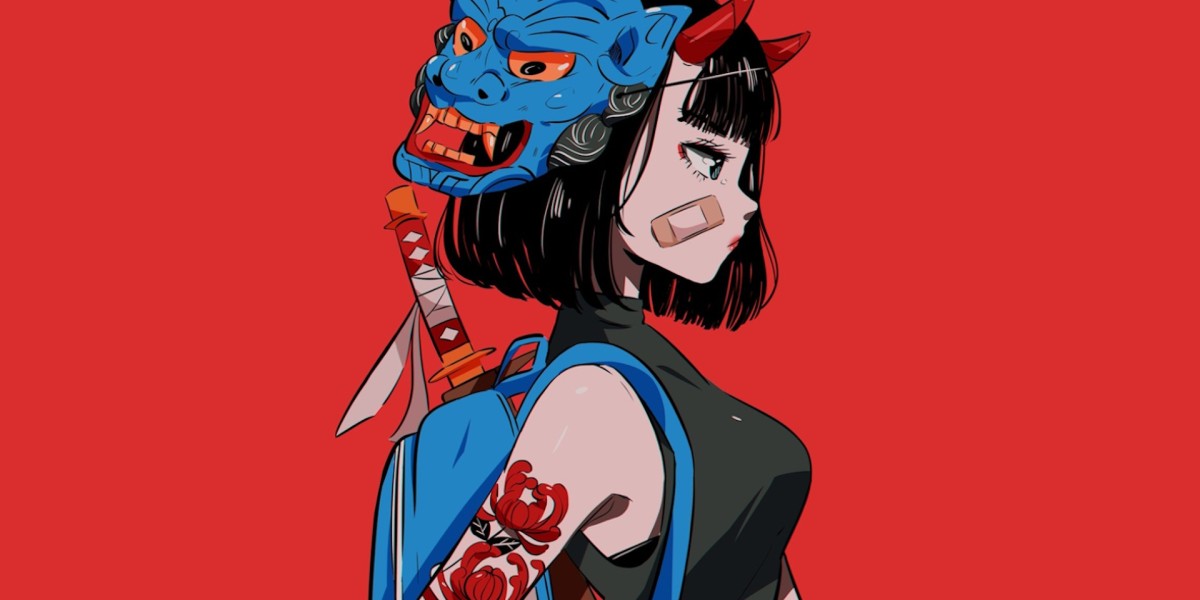Animation, as an art form and storytelling medium, has evolved significantly from its early days of hand-drawn frames to today's sophisticated digital techniques. This evolution has not only transformed how animated content is created but also expanded its applications across various industries. Understanding the journey of animation from traditional methods to digital innovations provides insights into the technological advancements, creative possibilities, and societal impacts of this dynamic field.
Early Beginnings of Animation
The origins of animation can be traced back to the late 19th century, marked by pioneering experiments that laid the foundation for modern animation techniques. One notable early example is the phenakistoscope, invented in 1832 by Joseph Plateau, which used spinning discs with sequential images to create the illusion of motion. This innovation inspired subsequent inventions like the zoetrope and praxinoscope, which further refined the concept of animation through sequential images.
Rise of Traditional Animation Techniques
Traditional animation, also known as hand-drawn animation, dominated the early 20th century. Animators meticulously drew each frame by hand, creating fluid motion through a series of sequential images. This labor-intensive process required skilled artists who specialized in character design, background art, and frame-by-frame animation techniques. When seeking to hire a top motion graphics designer, understanding the roots of traditional animation provides insight into the foundational skills that continue to shape contemporary digital animation practices.
Walt Disney and the Golden Age of Animation
The 1930s witnessed the rise of Walt Disney Studios, which revolutionized animation with groundbreaking films such as "Snow White and the Seven Dwarfs" (1937) and "Fantasia" (1940). Disney's innovative use of synchronized sound, expressive character animation, and intricate storytelling set new standards for the animation industry, inspiring generations of animators worldwide.
Technological Advancements in Animation
Introduction of Cel Animation
In the mid-20th century, the introduction of cel animation brought significant advancements to traditional animation techniques. Cel animation involved drawing characters and backgrounds on transparent celluloid sheets (cels), which allowed for easier layering and more efficient production workflows. This technique became the industry standard for producing animated films and television shows throughout the 20th century.
Stop-Motion Animation and Special Effects
Parallel to traditional hand-drawn animation, stop-motion animation gained popularity for its unique visual style. Animators used physical models or puppets, manipulating them frame by frame to create the illusion of movement. Innovations in stop-motion animation techniques, combined with advancements in special effects, contributed to memorable films such as "King Kong" (1933) and "Jason and the Argonauts" (1963), showcasing the versatility of animation in filmmaking.
Transition to Digital Animation
The advent of computer technology in the late 20th century brought about a transformative shift in animation production. Digital animation techniques enabled animators to create and manipulate images using computers, replacing traditional hand-drawn methods with digital tools and software. This transition revolutionized the animation industry by enhancing efficiency, expanding creative possibilities, and broadening the scope of animated content across various media platforms.
Early Innovations in Computer Animation
One of the pioneering achievements in computer animation was the creation of "The Adventures of André and Wally B." (1984) by the Lucasfilm Computer Graphics Project, later known as Pixar Animation Studios. This short film demonstrated the potential of computer-generated imagery (CGI) to produce lifelike characters and dynamic motion, laying the groundwork for future advancements in digital animation.
Rise of 3D Animation and CGI
During the 1990s, advancements in 3D modeling and rendering software propelled the popularity of CGI in animation. Films like "Toy Story" (1995), the first fully CGI-animated feature film produced by Pixar, showcased the capabilities of 3D animation to create immersive worlds and realistic characters. The success of "Toy Story" marked a turning point in animation history, establishing CGI as a dominant force in both film and television animation.
Contemporary Trends in Digital Animation
Motion Graphics and Visual Effects
In contemporary animation, motion graphics and visual effects play a crucial role in enhancing storytelling and visual communication. Motion graphics designers utilize software such as Adobe After Effects and Cinema 4D to create dynamic animations, title sequences, and visual effects for films, television shows, advertising, and digital media.
Augmented Reality (AR) and Virtual Reality (VR)
The integration of animation with AR and VR technologies has opened up new avenues for immersive storytelling and interactive experiences. Animators and developers collaborate to create virtual environments, interactive characters, and augmented reality applications that blur the line between the digital and physical worlds.
Impact of Animation on Society and Culture
Animation's evolution from traditional to digital formats has had a profound impact on society and popular culture. Animated films and television shows have become global phenomena, influencing entertainment trends, shaping childhood memories, and transcending cultural boundaries. The accessibility of digital animation tools has democratized the creative process, empowering artists and storytellers to share diverse perspectives and narratives with global audiences.
Conclusion
The evolution of animation from traditional to digital techniques represents a journey of innovation, creativity, and technological advancement. From the early experiments with mechanical devices to the sophisticated CGI animations of today, animation continues to evolve, pushing boundaries and captivating audiences worldwide. As technology continues to progress, animation will undoubtedly play a pivotal role in shaping the future of storytelling, entertainment, and visual communication.









